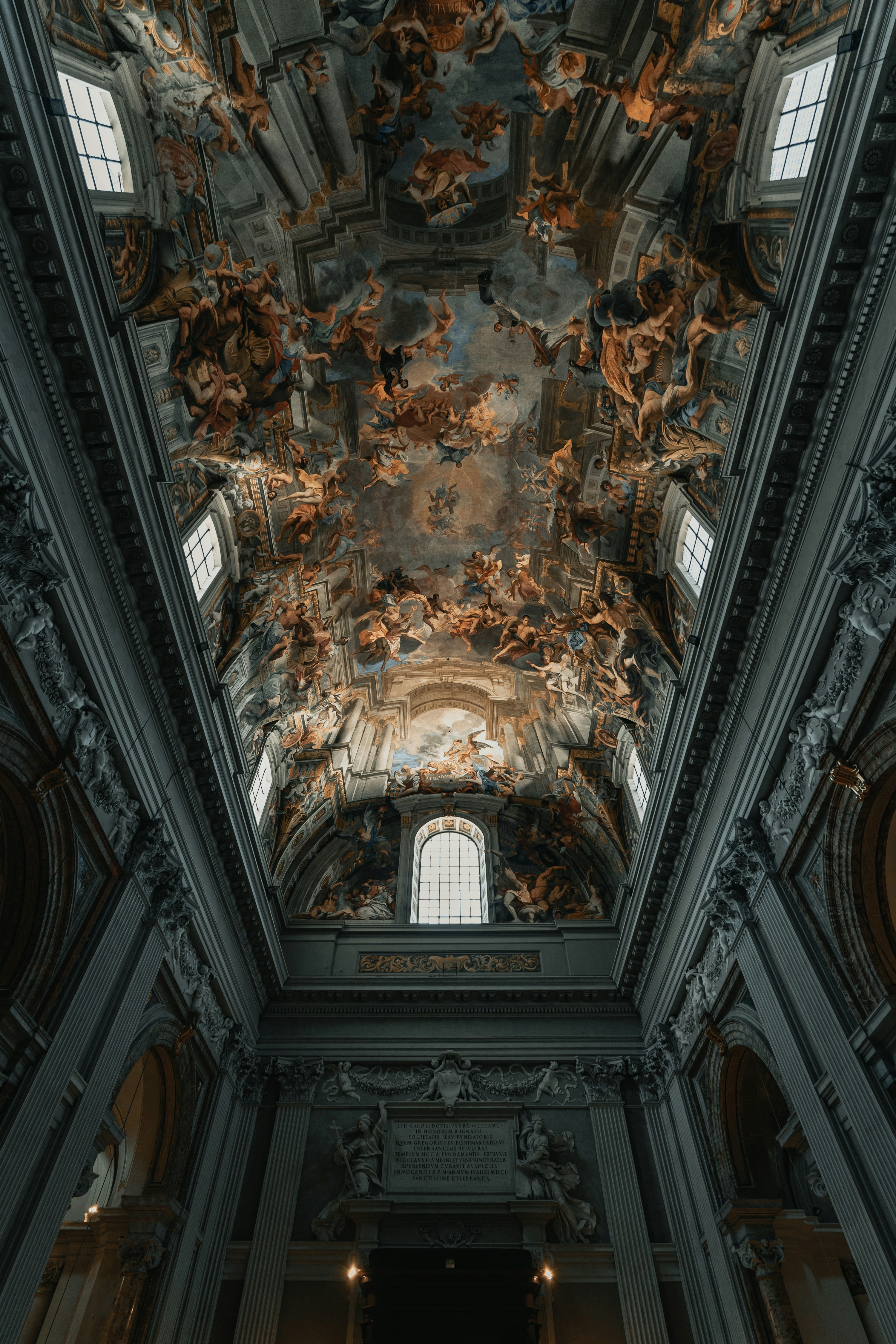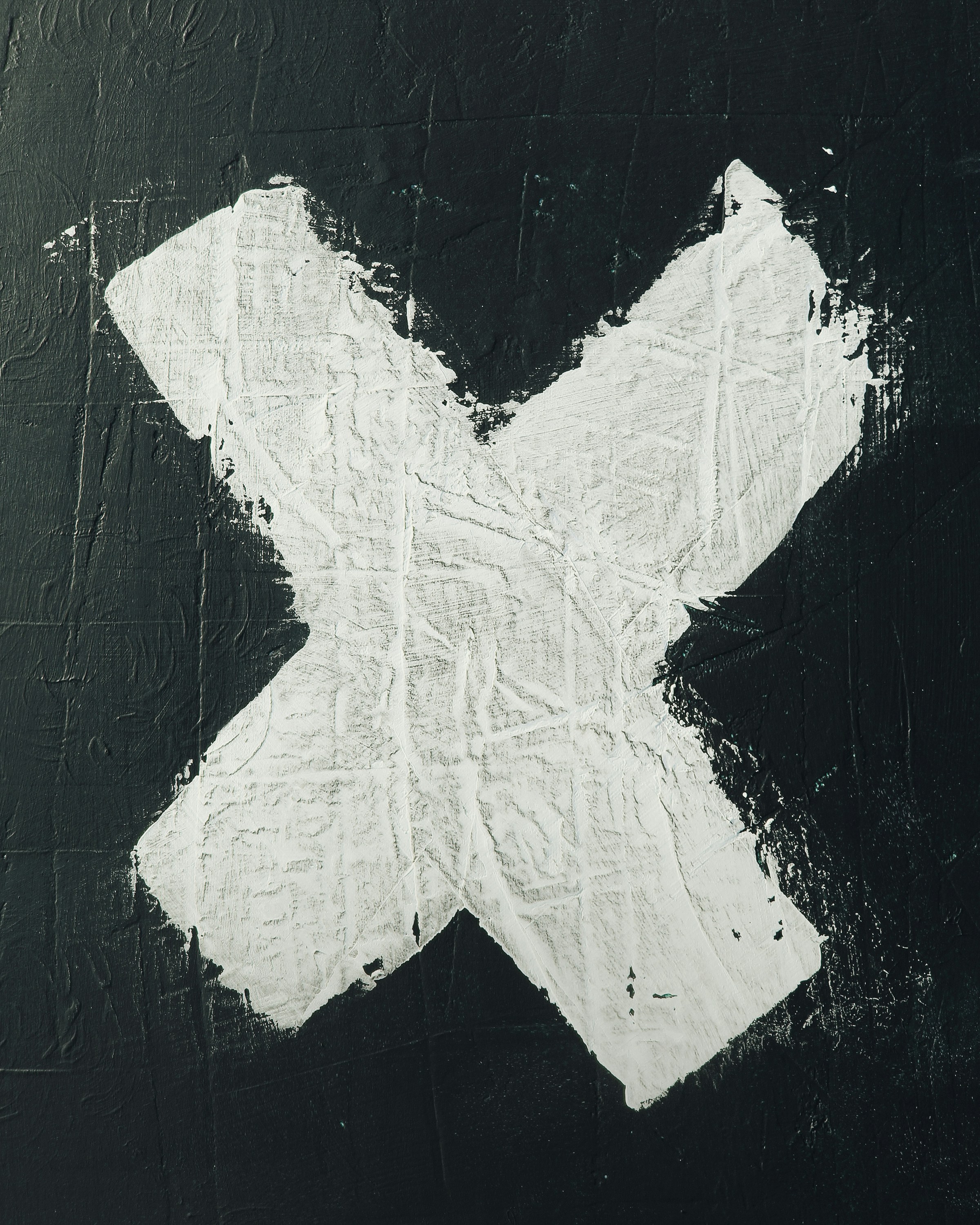Exploring the Diverse World of Paint Brushes: Functions and Features
February 23, 2025 | by robert@mybrushlife.com
 Photo by Clay Banks on Unsplash
Photo by Clay Banks on Unsplash Understanding Different Types of Paint Brushes
Paint brushes are essential tools for artists, and their diverse shapes, sizes, and bristle materials serve specific functions for various painting techniques. Understanding the distinctions between these different types of paint brushes can significantly enhance one’s artistic practice. There are several key categories of paint brushes commonly used in the art world, each designed to achieve distinct effects.
The flat brush is one of the most versatile options available. Characterized by its rectangular head and squared-off bristles, it is ideal for creating bold, straight lines and filling large spaces. Flat brushes come in varying widths, making them suitable for both broad strokes and finer detailing. In contrast, round brushes, with their pointed tip, are well-suited for intricate detailing and varying line thickness. As a fundamental brush type, they are frequently used for fine lines and delicate textures.
Another notable type is the filbert brush, which combines the characteristics of flat and round brushes. Its oval shape allows for a softer edge, making it perfect for blending and creating natural shapes. For special effects, the fan brush is unique in its design, with bristles spread out to resemble a fan. This brush is excellent for creating texture, as it can be used to depict foliage, clouds, and other intricate patterns.
In addition to these basic types, specialty brushes exist for specific painting styles or techniques. For example, the liner brush features long, thin bristles designed for fine details and connecting lines, while the stencil brush, with its short, flat bristle head, is tailored for stenciling applications. Understanding the construction of each brush type, particularly the significance of bristle length and shape, is crucial for artists looking to achieve precise artistic effects. Each brush, with its unique features, serves as a tool for expressing creativity and enhancing artistic expression.
Specialized Uses of Paint Brushes in Various Mediums
Understanding the specialized uses of paint brushes across different artistic mediums is essential for any aspiring artist. Each medium, whether it be watercolor, oil, acrylic, or mixed media, pairs uniquely with specific brush types that enhance the conceptualization and execution of artwork. For instance, watercolor brushes, characterized by their soft bristles and flexible nature, are particularly effective for blending and layering colors. The use of round or mop brushes allows artists to achieve smooth washes and delicate gradients, crucial for capturing the ethereal qualities of watercolor paintings.
On the other hand, oil paints often call for stiffer and more durable brushes. Filbert and flat brushes are preferred for their ability to hold a significant amount of paint and create varied brush strokes. These brushes help in achieving texture and depth, particularly important in oil painting where layering is commonly practiced. The stiffness of the bristles provides greater control for detailing and fine lines, which is essential in producing realistic representations.
Acrylic painting presents a different dynamic; artists often opt for synthetic brushes designed to withstand the quick-drying nature of acrylics. These brushes facilitate blending and can be used effectively for both smooth strokes and textured techniques. A popular choice among acrylic painters are fan brushes, which are excellent for creating texture and highlights, while round brushes aid in detailed work. When working with mixed media, the versatility of brushes becomes even more apparent, as they can be employed with various materials and mediums, encouraging creative exploration.
To select the right brush for specific techniques, artists should consider the desired effect, the medium being used, and personal comfort. Experimentation is key; trying different brush types can lead to newfound techniques and styles. Thus, using the appropriate brush not only enhances the painting process but also allows artists to express their creativity to the fullest potential.
RELATED POSTS
View all

